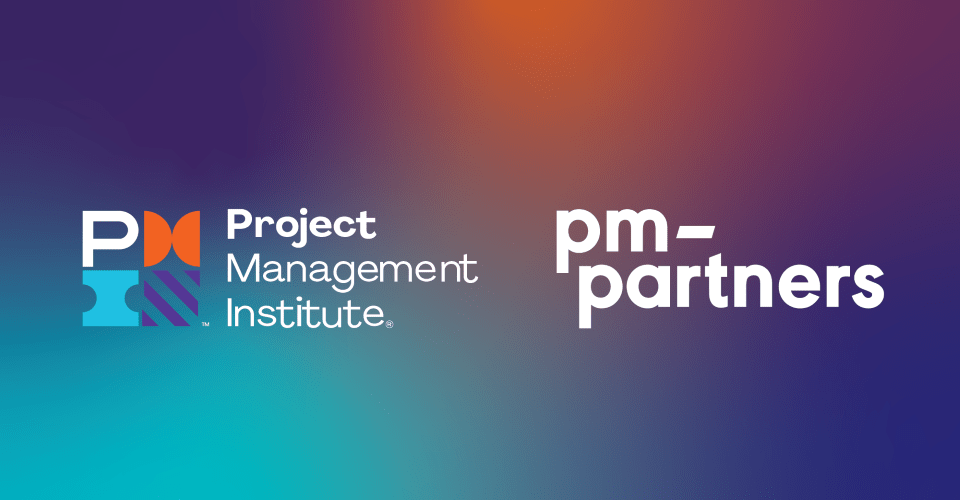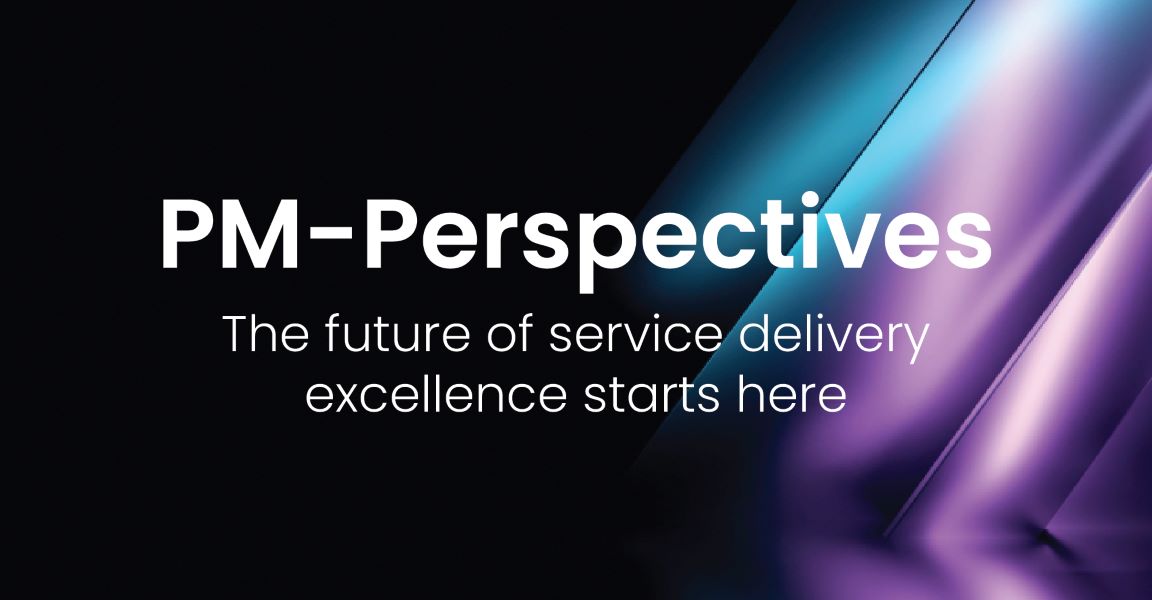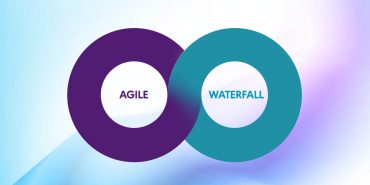What is the Agile journey?
If you’re looking to make your organisation more responsive to change, embarking on ‘The Agile Journey’ is not a question of ‘if’ but ‘when’. Here we outline what this journey typically entails and provide access to some of the key information you need to set off on the right foot.
What is ‘The Agile Journey’?
‘The Agile Journey’ is the transformation your organisation needs to embark on in order to thrive in a rapidly changing environment that requires more flexible, collaborative and ‘agile’ ways of working.
If, like many organisations, yours has been traditionally managed, the journey will most likely involve a radical change in values, attitudes and ways of thinking and engaging with the world – in other words, a shift in organisational culture.
This can be a daunting task, but most organisations have come to the realisation that it’s no longer about ‘if’ you’ll undertake this journey, but ‘when’.
The core steps involved
For those starting out, it’s important to acknowledge that there is no one-size-fits-all approach. It’s about gaining in-depth knowledge of the different stages so you can tailor them to your context and adapt as your organisation evolves.
There are plenty of misconceptions about agile that can throw you off course along the way, so having a clear understanding of what ‘being’ and ‘doing’ agile really means is vital. This is where our Agile Journey content series comes in:
‘Being’ agile
We begin with a back to basics guide to the agile values and principles that underpin the approach, followed by our tips on adopting an agile mindset: that essential shift in thinking that you need in order to ‘be’ agile.
‘Doing’ agile
Next up, we explore the ‘doing’ part with a dive into Scrum, today’s agile project management framework of choice. As well as explaining how it works, we look at the most pivotal Scrum roles – the Scrum master and product owner, who guide and empower the teams as they put agile into practice. We’ve also included a piece on estimating in agile as contrary to some thinking, this is no less critical than estimating in more traditional project environments.
‘Scaling’ agile
Once agile approaches are well embedded at the team and project management level, it’s time to look at how you align and synchronise those teams ‘at scale’, particularly if yours is a large more complex organisation. This typically entails upskilling teams and leaders in scaled agile methodologies like the Scaled Agile Framework® (SAFe®), which – through its 10 core principles – helps organisations implement lean-agile practices at enterprise level.
Getting ready for your agile journey
You can learn more about the agile journey and how to prepare for yours in the above video with Quinn Dodsworth, PM-Partners Agile Learning Consultant and Facilitator.
Quinn outlines both the core stages of the journey and the best training options to consider to help you and your teams understand what agile is and how to apply it successfully at each stage, in this case: Agile Fundamentals, Scrum Master Certified (SMC®) and Scrum Product Owner Certified (SPOC®). And if your organisation is looking to implement and benefit from enterprise-wide agile practices, PM-Partners also offers the full range of SAFe courses, with Leading SAFe, SAFe for Teams and Lean Portfolio Management among the most popular options.
To learn more about ‘The Agile Journey’ and how to propel your people, your teams and your organisation forward, check out our Agile Learning Pathway, contact us online, or call 1300 70 13 14 today.
SAFe® and Scaled Agile Framework® are registered trademarks of Scaled Agile, Inc.








